The Separation of Church and State
 In 1947, a discontented taxpayer brought before the Supreme Court a situation he felt was wrong in that a tax funded school district provided reimbursements to parents of children who were taking public transportation to private religious schools. His name was Arch R. Everson. He wasn’t bothered so much about the reimbursements being given to kids who were going to public school or some kind of secular, private institution. It was the students who attended religious schools he believed should be excluded from these reimbursements because, in his mind, it was a violation of the First Amendment.
In 1947, a discontented taxpayer brought before the Supreme Court a situation he felt was wrong in that a tax funded school district provided reimbursements to parents of children who were taking public transportation to private religious schools. His name was Arch R. Everson. He wasn’t bothered so much about the reimbursements being given to kids who were going to public school or some kind of secular, private institution. It was the students who attended religious schools he believed should be excluded from these reimbursements because, in his mind, it was a violation of the First Amendment.
He lost his case in the New Jersey Court of Errors and Appeals. Undeterred, he took his rant before the Supreme Court where Arch was again defeated.
The Supreme Court told Arch that the bill was constitutional in that the monies were being distributed to both religious and secular parties, hence there was no law being enacted that was establishing a specific religion.
Arch was wrong in his reasoning, but he received a significant consolation prize, even if he wasn’t aware of it.
In the discourse that occurred between the Supreme Court Justices, the phrase, “separation of church and state” was used in the context of their statements. Arch and those like him could now refer to verbiage used by the Supreme Court to further the ridiculous notion that this phrase, used by Thomas Jefferson in a letter to the Baptist Association of Dadbury Connecticut, represented a comprehensive summary of the intent and scope of the First Amendment.
It isn’t, it never was and it never will be. At least it won’t provided people take the time to read and understand the historical context of Jefferson’s words as well as the First Amendment and even the Supreme Court’s rulings in 1947.
Supreme Court Justice William Rehnquist had this to say about the “separation of church and state” phrase:
But the greatest injury of the “wall” notion is its mischievous diversion of judges from the actual intentions of the drafters of the Bill of Rights… The “wall of separation between Church and State” is a metaphor based on bad history – a metaphor which has proved useless as a guide to judging. It should be frankly and explicitly abandoned. (H.R. 4922 Introduced in House, June 12, 2002)
There’s a vast difference between the expression of religion and the establishment of a religion.
But honestly, the reason we’re even having to address this nonsensical interpretation of First Amendment is because many in the church today content themselves with the expression of religion rather than the establishment of religion in their own lives.
So, as we champion the correct interpretation and application of the First Amendment, let’s start by ensuring that we ourselves are not guilty of the separation of church and state by separating the Truth of God’s Word and the way in which it needs to be made manifest in our everyday affairs.


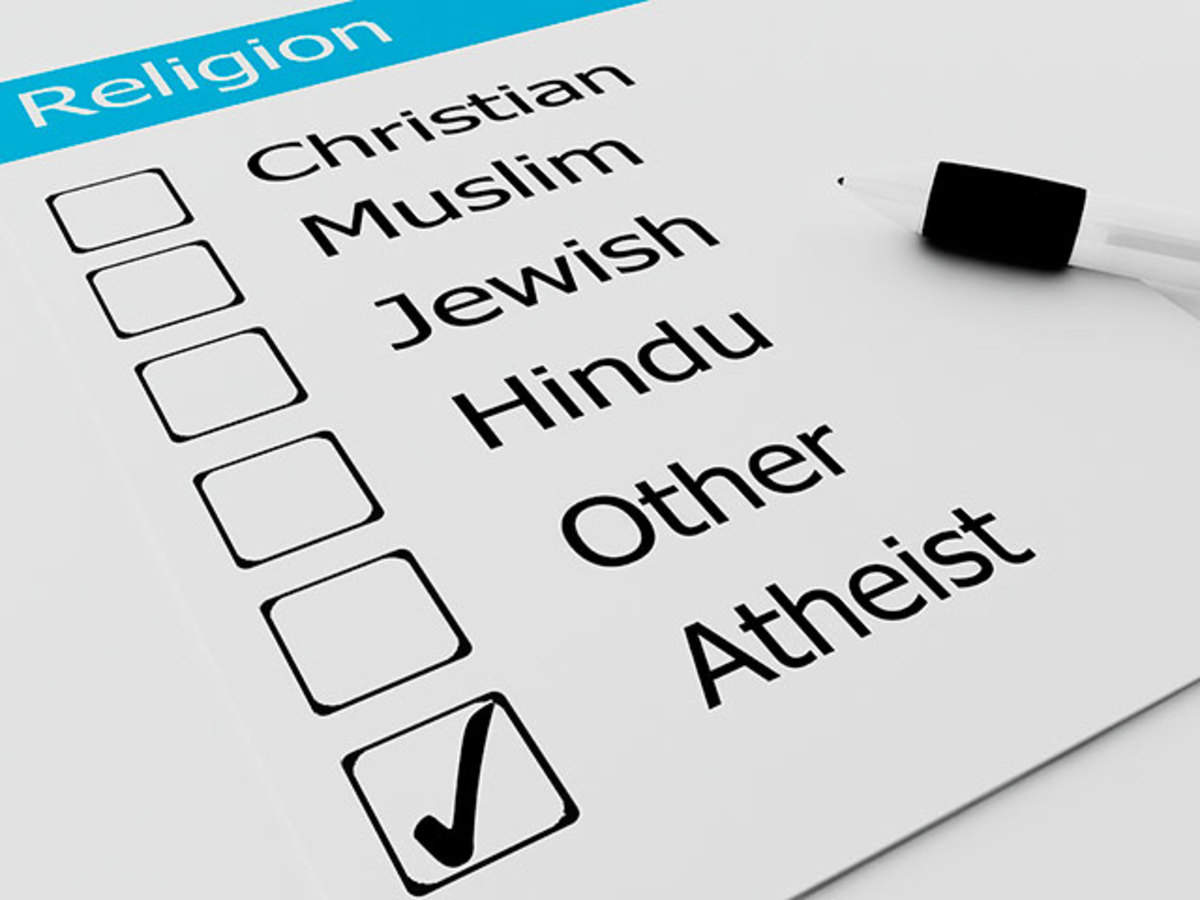
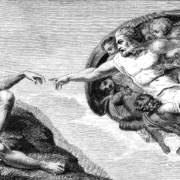

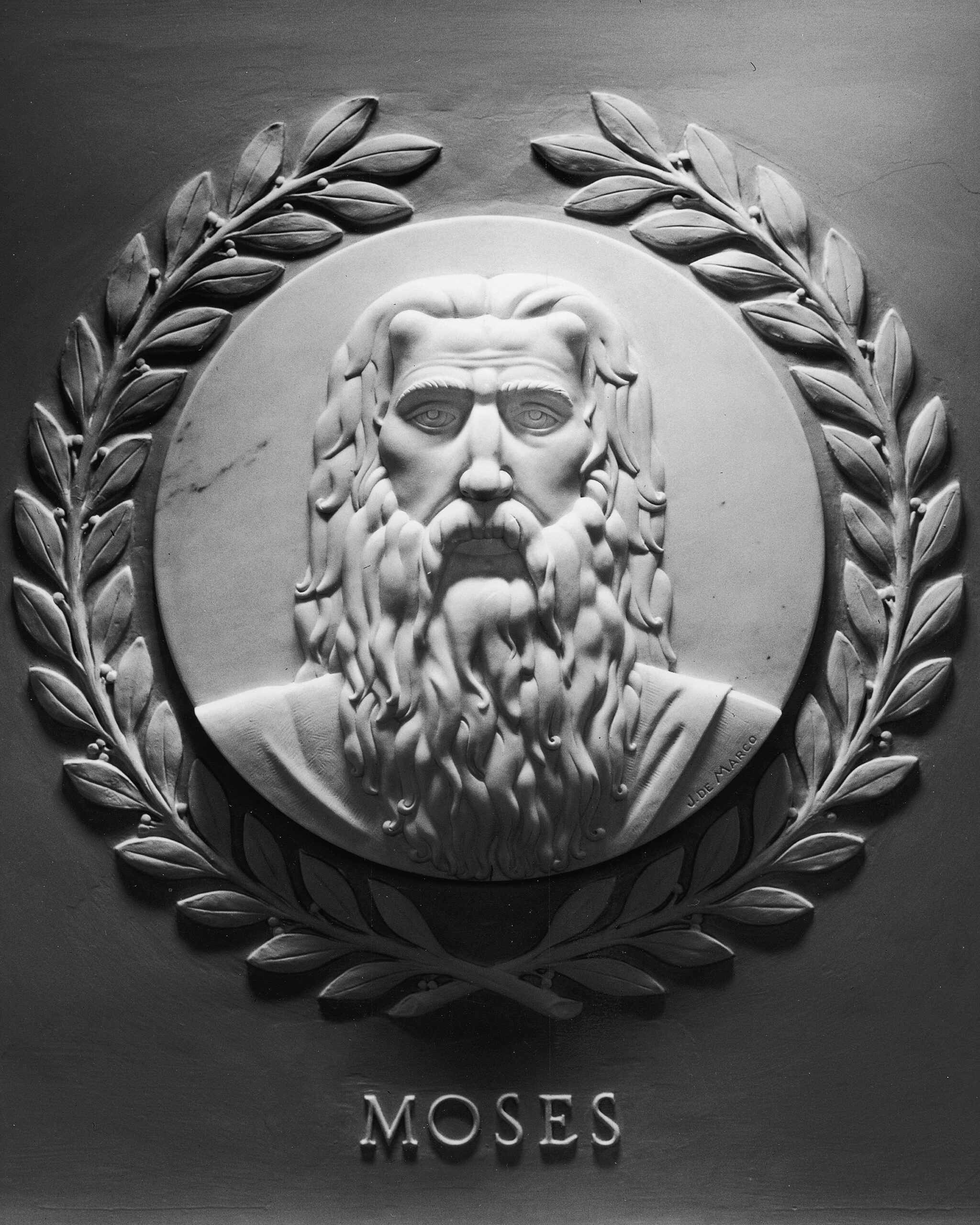
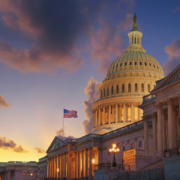




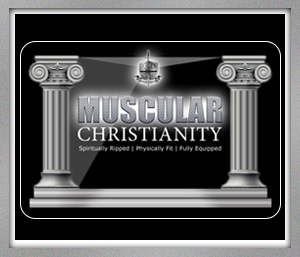



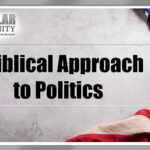
Leave a Reply
Want to join the discussion?Feel free to contribute!